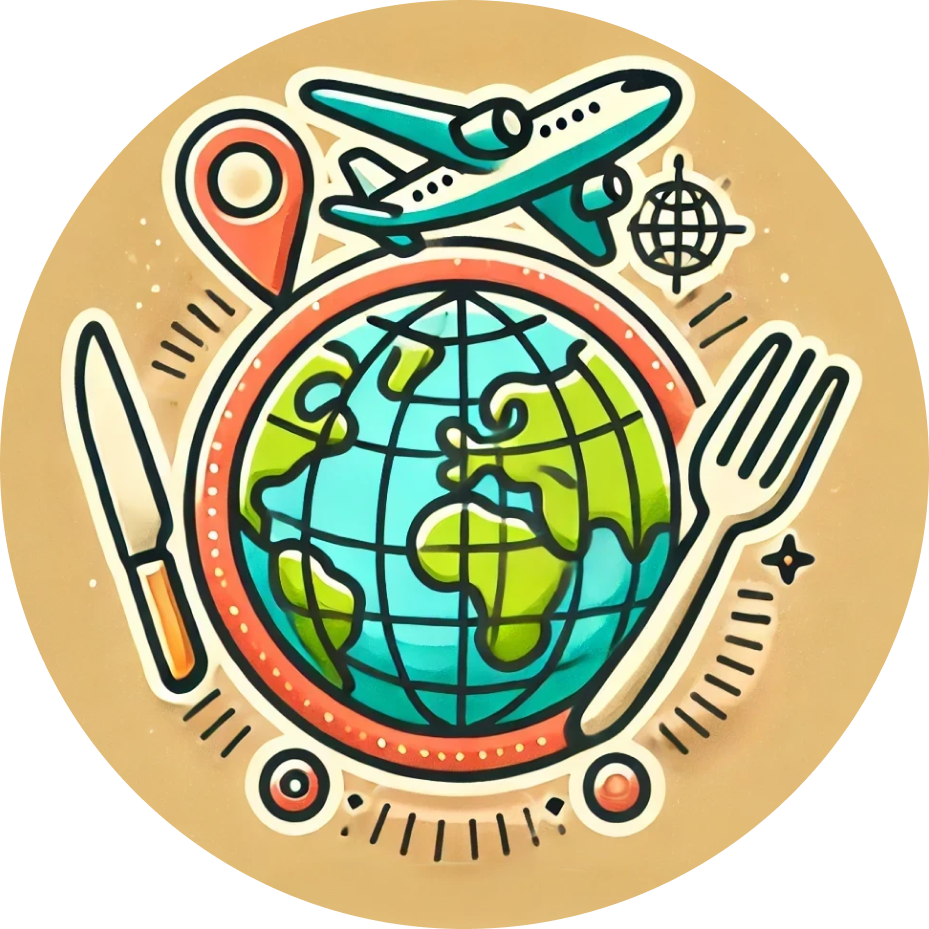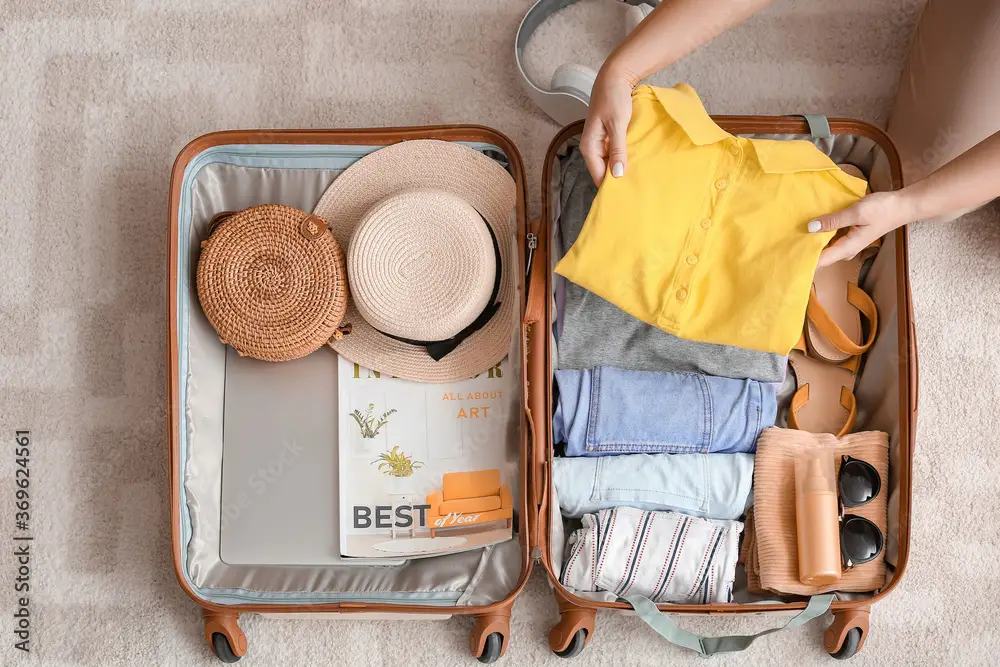Solo travel offers unparalleled freedom to explore the world on your own terms. However, solo adventures come with unique security considerations that require thoughtful preparation. This comprehensive solo travel safety tips provide actionable solo travel strategies to help you navigate the world confidently. From choosing secure accommodations to using the latest safety technology, these expert tips will help you minimize risks while maximizing enjoyment—regardless of your travel style, budget, or destination.
Pre-Trip Planning: Safety Begins Before Departure
The foundation of safe solo travel is established well before you board your first flight. Thorough pre-trip planning significantly reduces potential risks and prepares you to handle unexpected situations confidently.
Research Your Destination Thoroughly
Create a destination safety profile using multiple sources:
- U.S. State Department Travel Advisories provides country-specific safety information and risk levels
- UK Foreign Travel Advice offers detailed safety assessments for British travelers
- Local expat forums and Facebook groups provide on-the-ground insights from residents
- The Solo Female Traveler Network offers destination-specific safety advice for women
When researching, pay attention to:
- Areas within cities to avoid, particularly after dark
- Common scams targeting tourists in your destination
- Local emergency numbers and locations of your country’s embassy/consulate
- Cultural norms that might impact your safety (appropriate dress, local customs)
Pro tip: For particularly remote destinations, research if cellular coverage is available and identify internet cafés or accommodation with reliable WiFi in advance.
Create Detailed Itineraries and Share Them
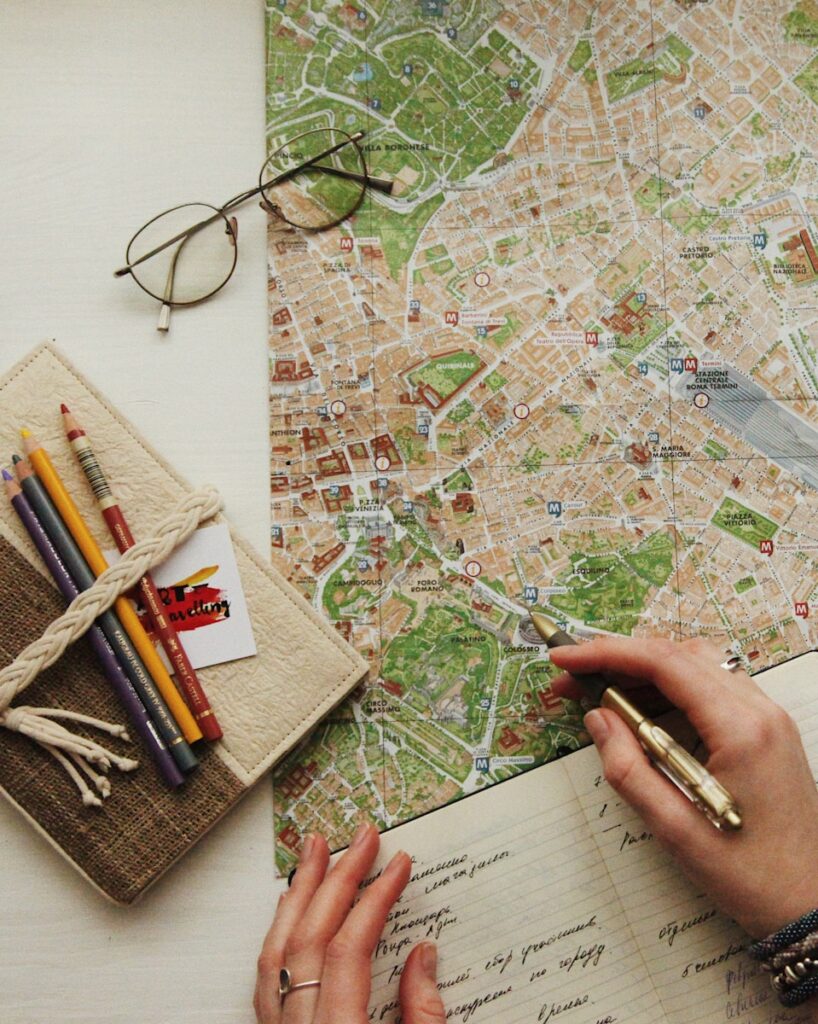
Develop a comprehensive itinerary that includes:
- Accommodations with addresses, reservation numbers, and phone contacts
- Transportation details including flight numbers, train bookings, and car rentals
- Planned activities or tours with company contact information
- A rough daily schedule indicating where you plan to be
Share this information with at least two trusted people—ideally in different locations. Services like Google Maps Timeline allow you to share your real-time location with trusted contacts.
Pro tip: Create a shared Google Doc that you can update as plans change, giving trusted contacts continuous access to your current information.
Register with Your Government’s Travel Program
Sign up for your country’s traveler registration service:
- U.S. citizens: Enroll in the Smart Traveler Enrollment Program (STEP)
- Canadian travelers: Use the Registration of Canadians Abroad service
- Australian nationals: Register with Smartraveller
- UK citizens: Sign up for Foreign Travel Advice email alerts
These programs ensure your government knows your whereabouts during emergencies and can contact you with critical safety updates.
Pro tip: Download your government’s travel app if available (like the U.S. State Department’s Smart Traveler App) for instant alerts and embassy contact information.
Prepare Essential Documents and Keep them Safe

Create both digital and physical copies of crucial documents:
- Passport (including visa pages)
- Driver’s license and International Driving Permit if applicable
- Travel insurance policy with emergency contact numbers
- Credit cards (front and back to capture customer service numbers)
- Prescriptions for medications
- Vaccination records
Store digital copies in:
- A password-protected folder in cloud storage like Google Drive or Dropbox
- An encrypted email to yourself with a non-obvious subject line
- An offline copy on your phone or tablet
Keep physical copies separate from originals in a hidden location like a money belt or secret compartment in your luggage.
Pro tip: Use the TripIt app to organize all travel documents in one secure location that’s accessible offline.
Learn Key Local Phrases

Action step: Before departure, learn essential safety-related phrases in the local language:
- “Help”
- “Police”
- “I need a doctor”
- “Where is the nearest embassy?”
- “Please call this number”
- “Leave me alone”
Use apps like Duolingo or Google Translate with downloadable offline language packs to practice these phrases.
Pro tip: Create a note in your phone with these phrases written phonetically for quick reference in emergencies.
Arrange Arrival Transportation in Advance
Book your transportation from the airport/station to your accommodation before arrival, especially if you are arriving at night or traveling to a place known for being dangerous:
- Use reputable services like Uber, Lyft, or local equivalents (like Grab in Southeast Asia or DiDi in Latin America)
- Pre-book through your accommodation’s airport shuttle service
- Research official taxi stands and approximate fares from the airport
Pro tip: If arriving at night, spend extra for a direct hotel shuttle or higher-end transportation service to minimize risks during this vulnerable transition.
Essential Safety Gear to Pack
The right gear enhances your security without weighing you down. Focus on multipurpose items that provide protection while remaining practical for everyday use.
Anti-Theft Bags and Travel Accessories
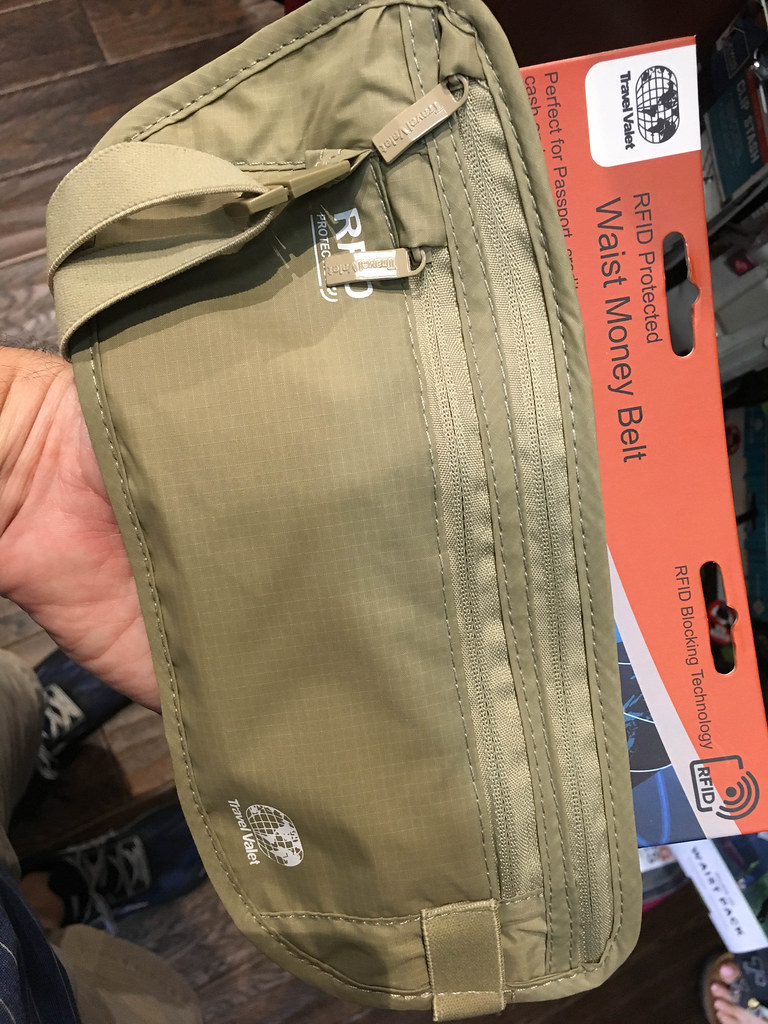
Invest in quality anti-theft gear:
- Pacsafe Venturesafe backpack ($100-150) with slash-proof material, lockable zippers, and RFID blocking
- Travelon Anti-Theft Cross-Body Bag ($50-80) with cut-resistant straps and locking compartments
- Eagle Creek Money Belt ($20-30) worn under clothing for passport and emergency cash
- Lewis N. Clark RFID-Blocking Neck Stash ($15-25) for keeping documents secure
- Portable safes: Products like the Pacsafe Portable Safe allow you to secure valuables in your accommodation by locking them to a fixed object.
- Cable locks: A simple cable lock can secure your bag to a fixed structure in train stations, cafes, or budget accommodations where lockers aren’t available.
- Theft-proof camera straps: Cross-body camera straps with steel reinforcement like those from Pacsafe prevent “grab and run” thefts of expensive photography equipment.
Pro tip: Anti-theft bags shouldn’t scream “tourist.” Choose subtle designs in neutral colors that don’t advertise their security features.
Portable Door Lock and Alarm
Pack compact security devices for accommodations:
- Addalock Portable Door Lock ($15-20) adds extra security to hotel rooms and prevents entry even with a key card
- SABRE Door Stop Alarm ($10-15) serves dual purposes—physically blocks the door and emits a 120dB alarm if disturbed
- Vigilant Personal Alarm ($15-25) with built-in LED flashlight can be used as a door alarm or personal alarm
Pro tip: Test these devices at home before travel to ensure you can quickly deploy them when tired after a long journey.
Communication and Navigation Tools
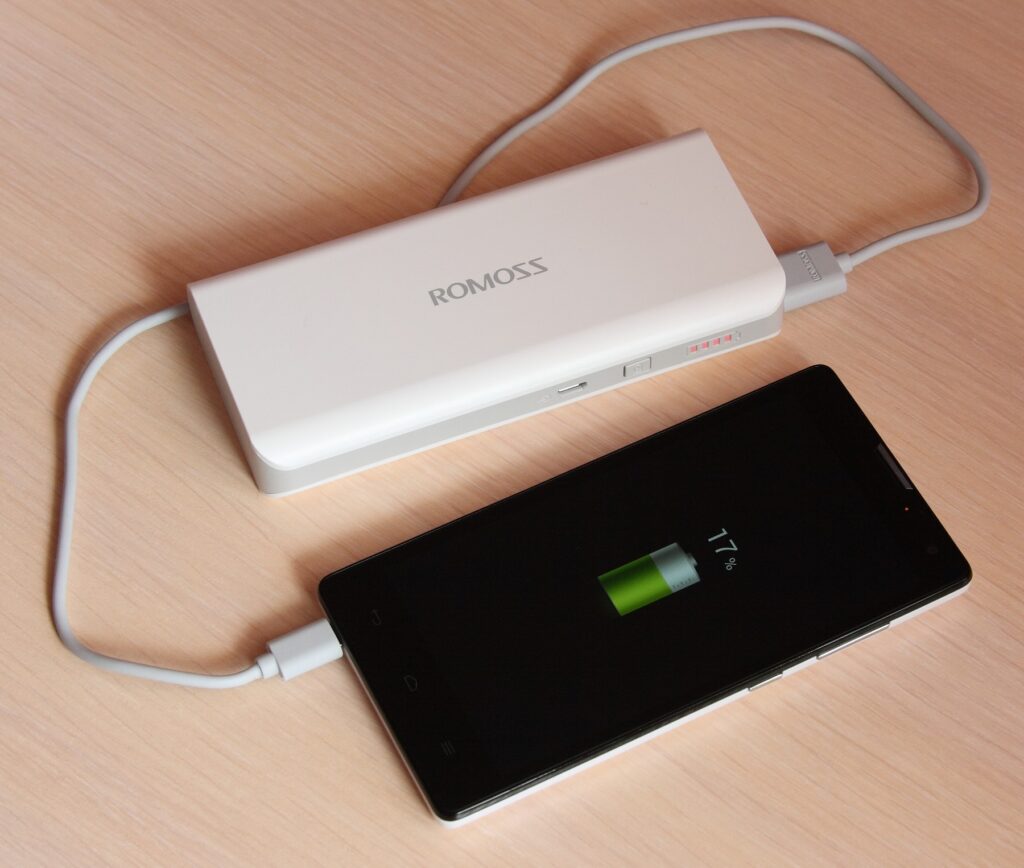
Pack reliable communication gear:
- Unlocked smartphone with international capability
- Portable power bank with at least 10,000mAh capacity like Anker PowerCore ($30-50)
- Universal travel adapter with USB ports like EPICKA Universal Travel Adapter ($20-30)
- Skyroam Solis portable WiFi hotspot ($150 + data) for constant connectivity in remote areas
- Physical map backup of your destination
Pro tip: Configure your smartphone for travel by downloading offline maps in Google Maps or Maps.me and setting up Whatsapp or Signal for international communication.
First Aid and Health Supplies
Pack a compact medical kit tailored to your destination:
- Basic first aid supplies (bandages, antiseptic wipes, pain relievers)
- Prescription medications in original packaging with doctor’s note
- Oral rehydration salts for food poisoning or dehydration
- Antibacterial hand sanitizer and disinfectant wipes
- Small supply of face masks for crowded environments or pollution
Pro tip: The Adventure Medical Kits Ultralight ($20-30) provides essentials in a waterproof package weighing only 4 ounces. When traveling with prescription medication, make sure the doctor’s note is in English, in case it isn’t already.
Selecting Accommodations
Your accommodation choice significantly impacts your overall safety. The right lodging provides not just comfort but a secure base for your adventures.

Researching Safe Neighborhoods
Before booking, investigate neighborhood safety:
- Use Numbeo’s Safety Index to compare crime rates between neighborhoods
- Check TripAdvisor forum discussions about area safety from recent travelers
- Google Street View the surrounding area to visually assess safety
- Read reviews specifically mentioning neighborhood safety after dark on sites like Expedia.com
- For apartments/homes, check if the building has security features (doorman, keyed entrance)
Pro tip: Look for accommodations near “women-friendly” businesses like coffee shops, bookstores, or coworking spaces, which usually indicate safer neighborhoods.
Overview of Accommodation Types and Prices
Select accommodations based on your security needs. Regardless of budget, prioritize properties with:
- 24-hour reception or on-site staff
- Secure entry system (key cards vs. traditional keys)
- Rooms above ground floor but below 6th floor (fire safety)
- Multiple positive reviews mentioning security
Here’s an overview of each type of accommodation and average prices:
- Hotels: The Marriott and Hilton chains ($150-300/night) maintain consistent security standards globally with 24-hour reception
- Hostels: HI Hostels ($20-50/night) are certified for safety standards and often offer female-only dormitories
- Guesthouses: Small, family-run establishments like those on Hotels.com with 9+ rating ($40-100/night) often provide personalized security advice
- Vacation rentals: Airbnb Plus properties ($80-200/night) are verified in person for quality and safety features
Safety Questions to Ask Before Booking
Contact potential accommodations directly with these questions:
- “Is there 24-hour reception or security?”
- “How are room keys/cards managed if lost?”
- “Do all windows and doors have proper locks?”
- “Is there a safe in the room or a secure storage area?”
- “What is your protocol if a guest reports feeling unsafe?”
- “Can you arrange airport/station transfers?”
Pro tip: How quickly and thoroughly they respond to safety questions indicates their overall approach to guest security.
Red Flags in Accommodation Listings
Watch for these warning signs when evaluating properties:
- Vague location descriptions or mapped locations that don’t match the address
- No reviews or exclusively 5-star reviews with similar writing styles
- Poor response rates to inquiries or defensive responses to negative reviews
- Photos showing security issues like broken locks, ground floor windows, or poorly lit entrances
- Significantly lower prices than similar properties in the area
Pro tip: Use FakeSpot to analyze reviews for authenticity, especially on vacation rental platforms.
Safety Verification Upon Arrival
Perform these checks immediately after check-in:
- Verify all door locks, deadbolts, and window latches work properly
- Check fire escape routes and locate fire extinguishers
- Test the in-room safe if available
- Ensure the phone can make outside calls
- Verify promised security features (doorman, keycard access, etc.)
- Request a room change if any security elements seem inadequate
Pro tip: If arriving at night, consider booking your first night at a well-established hotel chain, then moving to more budget-friendly options the following day when you can better assess safety in daylight.
Safe Transportation Strategies
Before arrival, research these transportation elements:
- Which rideshare apps operate locally (Uber, Bolt, Cabify, Grab, etc.). Accommodations usually tell you what rideshare companies operate locally if you ask them this before your arrival
- Official taxi companies with dispatch numbers and apps
- Public transportation operating hours and night service limitations
- Areas where public transport is considered unsafe after dark
- Walking routes between major attractions and your accommodation
Pro tip: Download the Citymapper app, which provides safety-optimized walking routes in many major cities.
Overnight Transportation Considerations
When using overnight buses, trains, or flights:
- Choose accommodations above bus wheels for greater stability and security
- Secure your belongings to fixed objects or wear your valuables belt while sleeping
- Use a luggage lock to secure your bags to the luggage rack
- Consider flights over overnight land transportation when budget allows
Pro tip: The SleepKeeper ($30) combines an eye mask with a cable that secures your bag to your wrist or fixed object while sleeping on transport.
Digital Security While Traveling
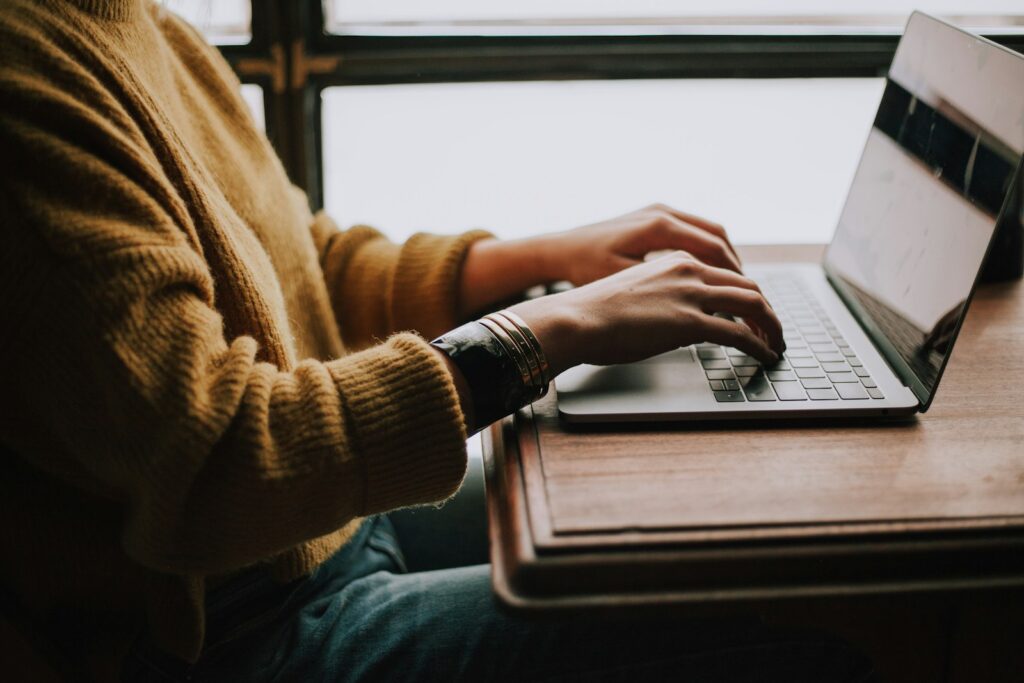
Securing Your Devices Before Departure
Prepare your devices with these security measures:
- Update all operating systems and apps before departure
- Enable two-factor authentication on important accounts
- Back up all devices to cloud storage
- Set up Find My iPhone or Find My Device for Android
- Download a password manager like LastPass or Bitwarden
- Install security apps like Prey that allow remote wiping if stolen
Pro tip: Create a “travel mode” on your devices with only essential apps and minimal personal data.
Public WiFi Safety Protocols
Protect your data when using public networks:
- Use a reputable VPN like NordVPN ($3-5/month) or ExpressVPN ($6-8/month)
- Avoid accessing financial accounts on public WiFi
- Disable auto-join WiFi features
- Look for “HTTPS” in website URLs before entering sensitive information
- Log out of accounts after each session
- Use cellular data for sensitive transactions when possible
Pro tip: Set up a travel-specific email address for confirmation emails and communications that doesn’t contain sensitive information.
Social Media Safety While Traveling Solo
Modify your social media habits to enhance safety:
- Disable location tagging on posts
- Adjust privacy settings to prevent non-friends from seeing your travel updates
- Delay posting about your location until after you’ve left
- Avoid sharing accommodation details or room numbers
- Consider using Instagram or Facebook’s “Close Friends” feature for real-time updates
- Review and remove geotags from your previous posts before departure
Pro tip: Create a private WhatsApp group or Telegram channel for real-time travel updates with close friends/family instead of public social media.
Digital Payment Security
Implement these financial security measures:
- Use credit cards with travel protections rather than debit cards
- Set up travel alerts with your bank to prevent card freezes
- Download your bank’s mobile app for monitoring transactions
- Consider a dedicated Wise or Revolut travel card with limited funds
- Enable push notifications for all transactions
- Use secure payment apps like Apple Pay or Google Pay when available
Pro tip: Keep a scan of your credit card’s customer service number separate from the card itself, as the number printed on the card won’t help if the card is stolen.
International Phone Options
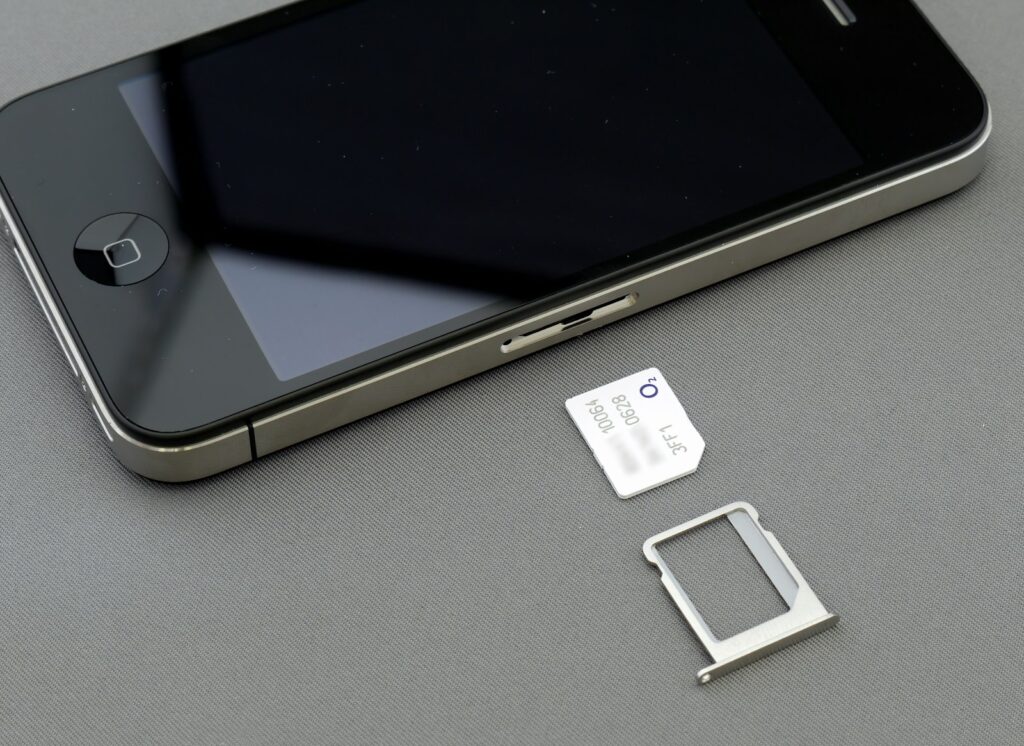
Select the best phone solution for your trip:
- Local SIM cards: Purchase on arrival for cheapest local rates
- eSIM services: Use Airalo ($5-20 depending on data needs), Nomad or GigSky for digital SIMs without swapping physical cards
- International plans: Major carriers offer travel passes ($5-10/day) for continued use of your home number
- Global phones: Consider Pixel or iPhone models that support dual SIMs
- Satellite communicators: Garmin inReach Mini ($350 + subscription) for remote areas without cellular coverage
Pro tip: Download TextNow or similar apps that provide a secondary phone number for giving to new acquaintances or tour operators.
Offline Communication Capabilities
Prepare offline communication options:
- Download offline translation packs in Google Translate
- Install What3words app to share precise locations without an address
- Pre-download maps for your destination in Maps.me or Google Maps
- Program emergency phrases in the local language into your phone’s notes app
Pro tip: Create a series of pre-written text messages in the local language that you can quickly send in emergency situations.
Useful Social Connection and Safety Apps
Here are some useful apps for solo travel:
- Tourlina for connecting with other women travelers in your destination
- Chirpey for meeting fellow travelers in safe public locations
- bSafe for sharing your location and setting up fake calls
- TripWhistle for one-touch access to local emergency services
- Sitata for real-time safety alerts about your destination
Pro tip: Join Facebook groups specific to your destination like “Girl Gone International in [Destination]” for current safety information and potential meetups.
Money Management Safety
Protecting your finances while traveling solo requires both physical and digital security measures. These strategies help you manage money safely without becoming a target.
Cash Management Strategies
Implement these cash safety practices:
- Separate your money into multiple locations (wallet, money belt, hidden in luggage)
- Carry only one day’s spending money in your accessible wallet
- Use ATMs inside banks or hotels rather than street-facing machines
- Shield your PIN when withdrawing cash and check for skimming devices
- Avoid displaying large amounts of cash when paying
- Keep a small “dummy wallet” with expired cards and small bills to hand over if targeted
Pro tip: Carry emergency cash ($100-200) in your home currency that can be exchanged anywhere, hidden in a Stash Belt or Clever Travel Companion underwear with hidden pockets.
Card Security Best Practices
Protect your cards with these measures:
- Inform your bank of travel plans to prevent fraud blocks
- Bring multiple cards from different networks (Visa, Mastercard, Amex)
- Keep card information (account numbers, international service numbers) separate from the cards
- Use credit cards with travel benefits and fraud protection rather than debit cards
- Consider a dedicated travel card like Wise that limits your exposure
- Enable instant notifications for all transactions
Pro tip: Create a dedicated email for financial alerts while traveling to keep all notifications in one place that you can monitor carefully.
Avoiding Money Scams and Theft
Protect against common financial scams:
- Research typical scams at your destination through sites like Scam Detector
- Be wary of “helpful” strangers around ATMs
- Verify charges before signing credit card receipts
- Check that card readers don’t have skimming devices attached
- Take photos of all receipts and check them against your statements regularly during travel to quickly identify unauthorized charges.
Emergency Fund Access
Set up emergency money access methods:
- Establish a Western Union or MoneyGram account before departure
- Research if your bank has partner institutions at your destination
- Consider services like Transferwise that offer virtual cards you can use immediately if physical cards are lost
- Keep digital copies of credit cards (front and back) in encrypted storage
Pro tip: Some premium credit cards offer emergency card replacement delivered to your hotel within 24-48 hours—check if your cards offer this service.
Personal Safety Gadgets Worth Investing In
Modern technology offers innovative tools that enhance solo traveler safety. These gadgets provide additional security without adding significant weight or bulk to your packing.
Portable Door Locks and Alarms
Consider these accommodation security devices:
- Addalock Portable Door Lock ($15-20) prevents entry even with a keycard
- Lewis N Clark Door Alarm ($15) with 91dB siren and motion detector
- Sabre Wedge Door Stop Alarm ($10-15) combines physical blocking with 120dB alarm
- Milockie Smart Fingerprint Padlock ($30-40) for securing hostel lockers without keys
Pro tip: Practice installing these devices quickly at home, as you’ll likely be using them when tired after travel.
Personal Safety Alarms
Choose from these personal alarm options:
- She’s Birdie Personal Safety Alarm ($30) with 130dB siren and strobe light
- KOSIN Safe Sound Personal Alarm ($15 for 6-pack) to distribute in different bags
- Flare Bracelet ($129) that looks like jewelry but contains hidden alarm
- BASU eAlarm+ ($20) with backup alarm and replaceable battery
- Tapl Personal Safety Button ($35) that connects to your phone and alerts contacts
Pro tip: Choose alarms in bright colors that are easy to find quickly in your bag, and attach them to your keychain for immediate access.
Tracking Devices
Use these trackers to locate belongings or share your position:
- Apple AirTag ($29) for iOS users to track luggage
- Tile Pro ($35) for Android users to track belongings
- Samsung SmartTag ($30) for Samsung users
- LandAirSea GPS Tracker ($30 + subscription) for real-time location tracking
- Spot Gen4 Satellite GPS Messenger ($150 + subscription) for wilderness tracking beyond cellular coverage
Pro tip: Place trackers in different compartments of your luggage in case one section is stolen separately.
Internet and Communication Devices
Consider these connectivity solutions:
- Skyroam Solis ($150 + data) portable WiFi hotspot for constant internet access
- Garmin inReach Mini ($350 + subscription) for two-way satellite messaging anywhere on Earth
- Portable WiFi Signal Booster ($30-40) to improve weak hotel WiFi signals
- Google Pixel with built-in eSIM ($600-900) for seamless network switching between countries
Pro tip: For extremely remote travel, consider renting satellite phones from Roadpost rather than purchasing.
Managing Health and Medical Needs
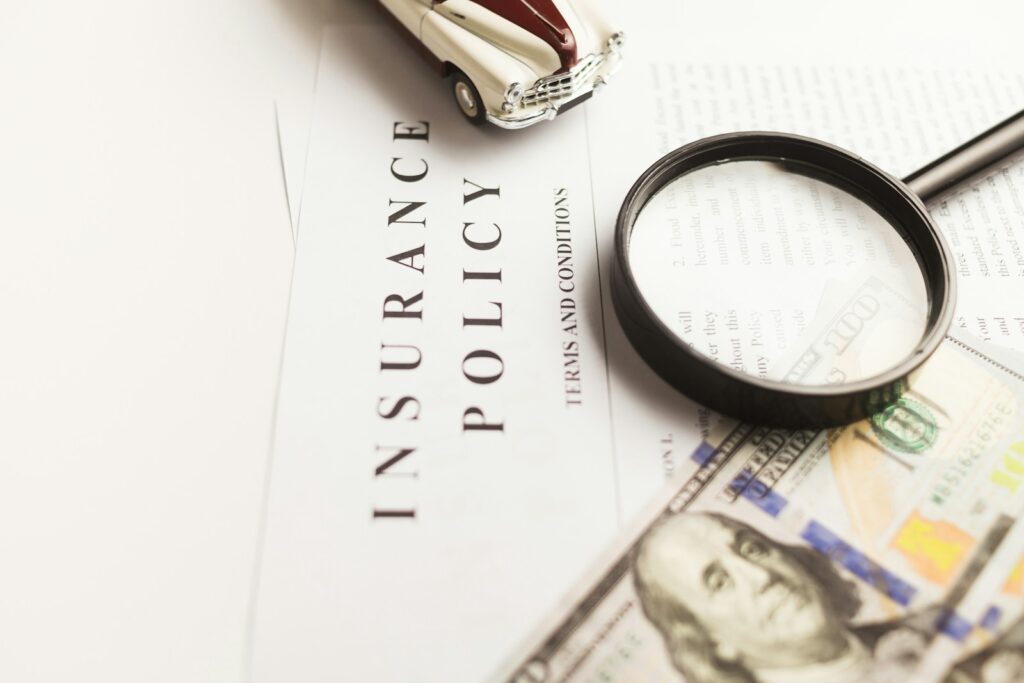
Maintaining health while traveling solo requires advance planning and awareness:
- Visit a travel medicine specialist: Get destination-specific vaccinations and advice at least 6-8 weeks before departure.
- Purchase travel insurance: Ensure it covers medical evacuation and pre-existing conditions. Companies like World Nomads and SafetyWing offer plans specifically designed for travelers. I wrote a comprehensive article on how to choose your travel insurance provider here.
- Carry a medical information card: Include blood type, allergies, conditions, and medications in the local language.
Managing Chronic Conditions
- Carry medication documentation: Bring prescriptions and doctor’s notes, especially for controlled substances.
- Pack extra medication: Bring more than you need in case of travel delays.
- Learn relevant phrases: Know how to communicate your medical needs in the local language.
Conclusion
Solo travel can be an enriching experience, but prioritizing safety is essential. By staying aware of your surroundings, researching destinations, keeping important documents secure, maintaining communication with friends or family, and trusting your instincts, you can significantly reduce risks and enhance your travel experience. Embracing these solo travel safety tips will help ensure that your journey is not only enjoyable but also secure.

